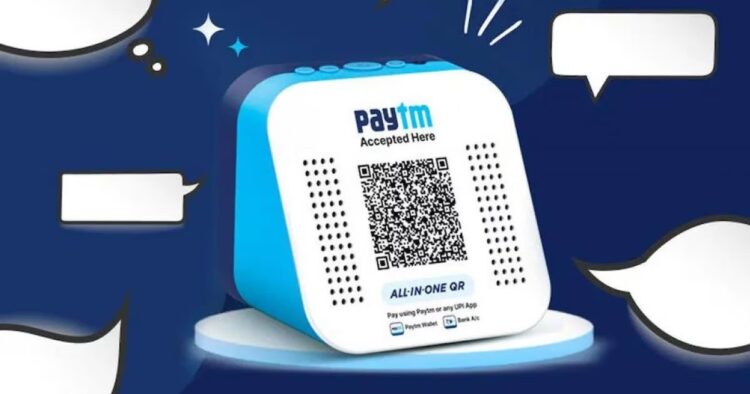In a recent development, the Reserve Bank of India (RBI) has directed the National Payments Corporation of India (NPCI) to scrutinize a request from One97 Communication Limited, the parent company of Paytm, regarding the continuation of Unified Payments Interface (UPI) services. This move comes in light of RBI’s previous directives against Paytm Payments Bank, citing persistent non-compliances.
On January 31, the RBI issued a set of instructions against Paytm Payments Bank, which included restrictions on adding new customers after February 29. However, this deadline was later extended to March 15. The regulatory measures were imposed due to alleged non-compliances on the part of Paytm’s banking arm.
In response to these regulatory actions, One97 Communication Limited, the parent company of Paytm, has been actively seeking alternative arrangements to ensure the uninterrupted provision of UPI services. One of the strategies pursued by the company involves seeking approval for the Third-Party Application Provider (TPAP) route, which would allow it to continue offering UPI services.
To this end, Paytm has already initiated partnerships with external banks, with Axis Bank being one of its key collaborators. Additionally, discussions are underway with several other lenders to explore potential partnerships and ensure the sustained operation of Paytm’s UPI services.
The collaboration with external banks signifies Paytm’s commitment to complying with regulatory requirements while ensuring continued service delivery to its customers. By diversifying its partnerships and exploring alternative routes for UPI service provision, Paytm aims to mitigate the impact of regulatory restrictions and maintain its position as a leading fintech player in the Indian market.
As the NPCI evaluates Paytm’s request for the TPAP route, stakeholders in the fintech industry and the broader financial ecosystem await further developments. The outcome of this review will likely have significant implications for Paytm’s operations and its ability to serve millions of users across India’s digital payment landscape.

















Comments